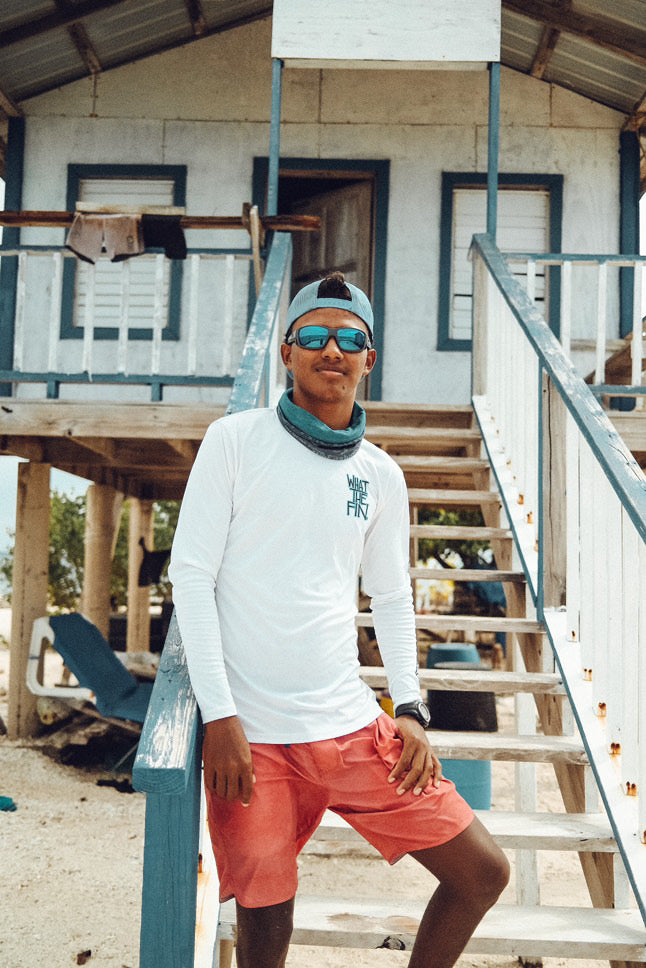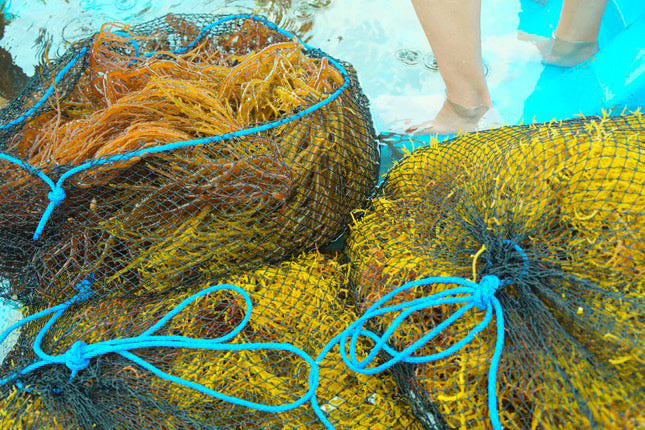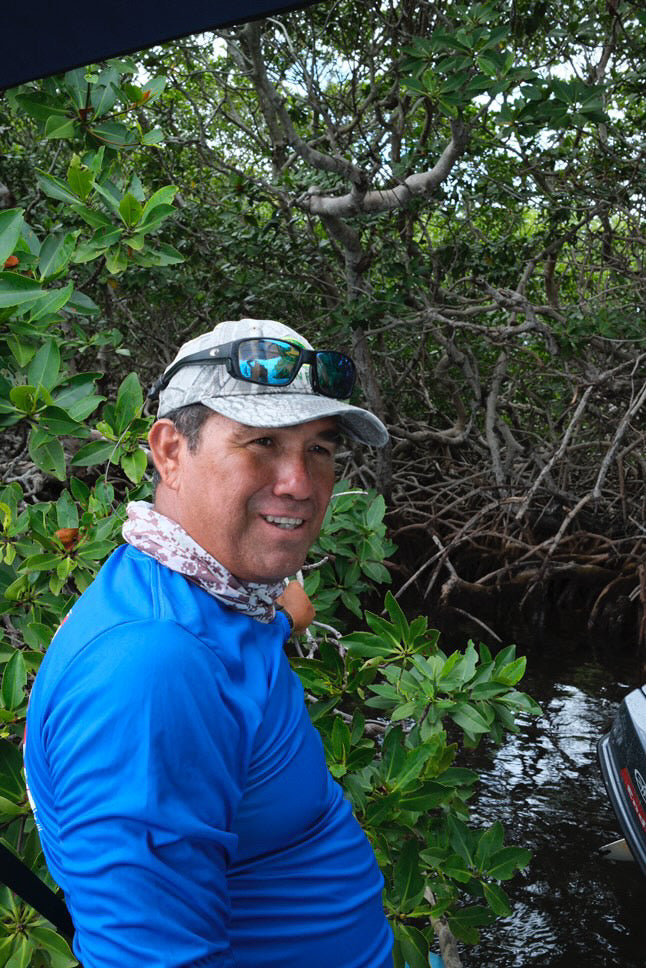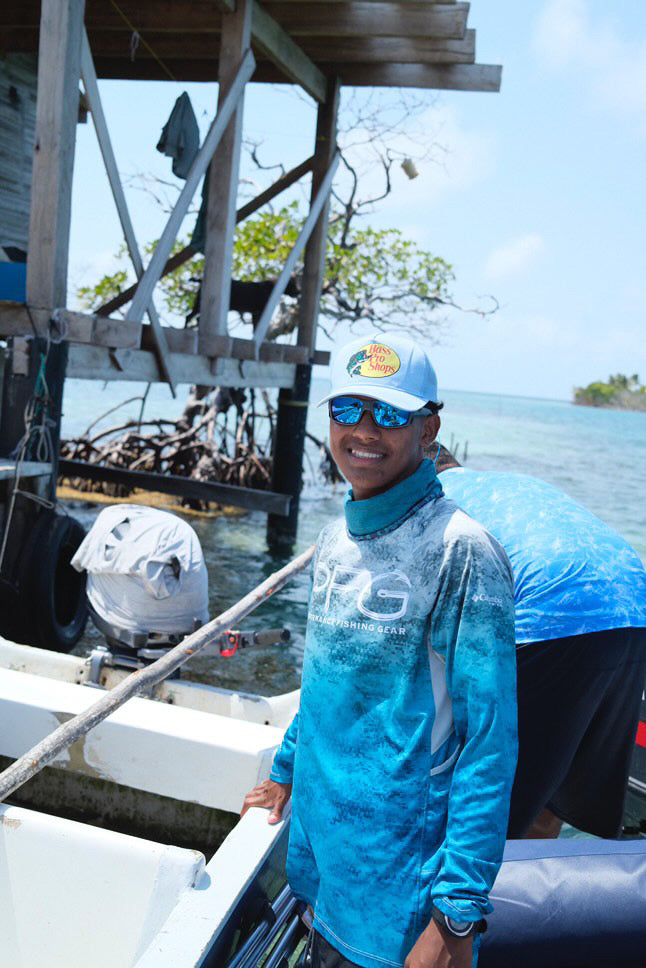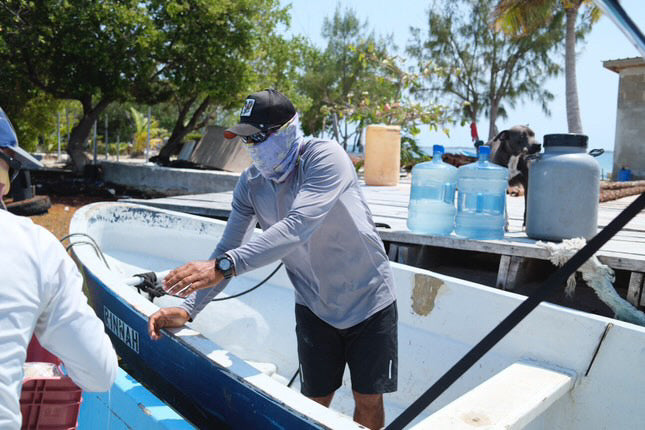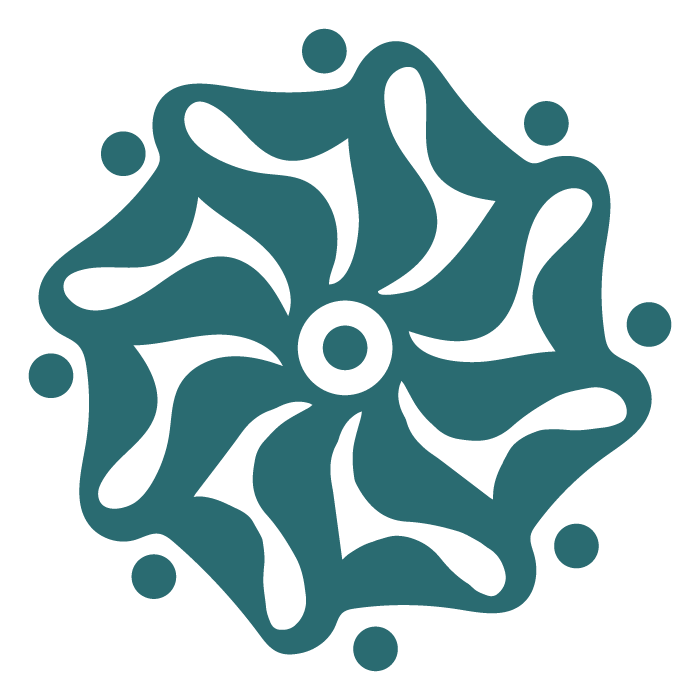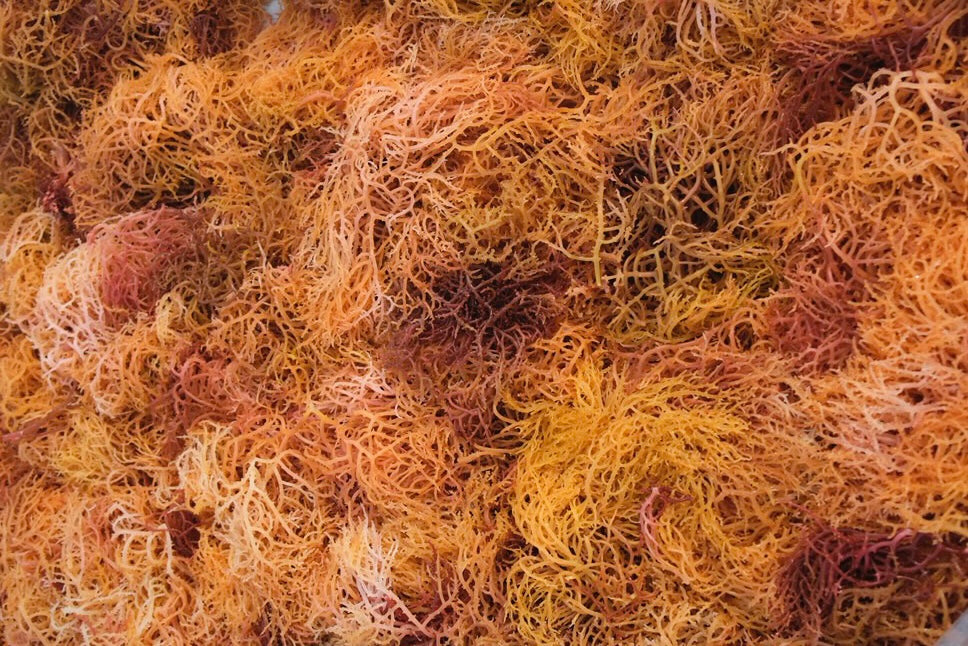

Our Journey Began in Grenada
At Samadhi Moss, we strive to source the best, and nothing short from the best. From the very beginning, we set out to learn as much as we could about sea moss, the proper harvesting techniques, and the most pristine places to source from.
Our journey began in Grenada in 2022, where we met local scuba divers who ventured out 18 miles beyond shore to source sea moss. Going out on the boat with these elders taught us how it's properly done. During our two visits to Grenada, we also toured rope-farming operations just to see what it was all about and what we saw was repulsive: shallow, polluted water with ropes criss-crossed from the sea bed to the surface, where sea turtles would occasionally get entangled.
(We donated to a non-profit organization in Grenada that protects sea turtles from rope-farmed operations and would often send us videos of turtles getting caught.)
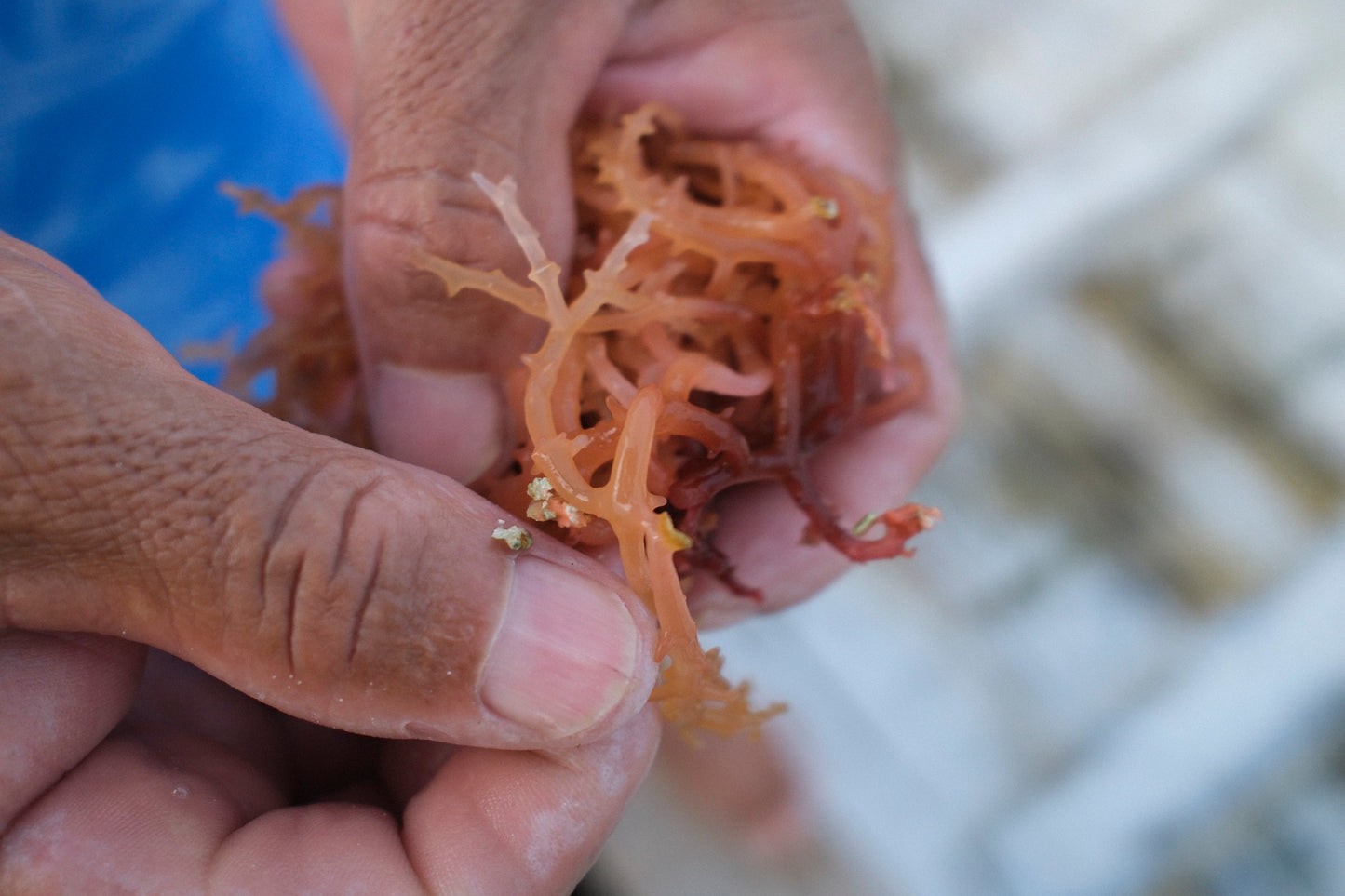
We learned from our close sources that other Caribbean islands house multi-million dollar rope farming operations, supplying most (if not all) sea moss companies in the United States. The sea moss industry in 2025 has grown to a whopping $2.18 billion according to Grand View Research. This kind of money tends to foster corner-cutting in any industry.
Many sea moss farms, even ones who claim to be “wildcrafted” (a deceptive term used by rope-farmed companies), chemical-bleach dry their sea moss for quicker turnaround and less wait time. Rope farming in general produces much more yield, allowing large-scale sea moss companies to mass-produce product.
Our mission here at Samadhi Moss is to keep sea moss real, authentic, and traditional, with no shallow rope farming and no chemical dry-bleaching. When we finally found the specific strain of sea moss we wanted to offer our community, we realized Grenadian waters didn’t produce enough for us to sustainably scale.
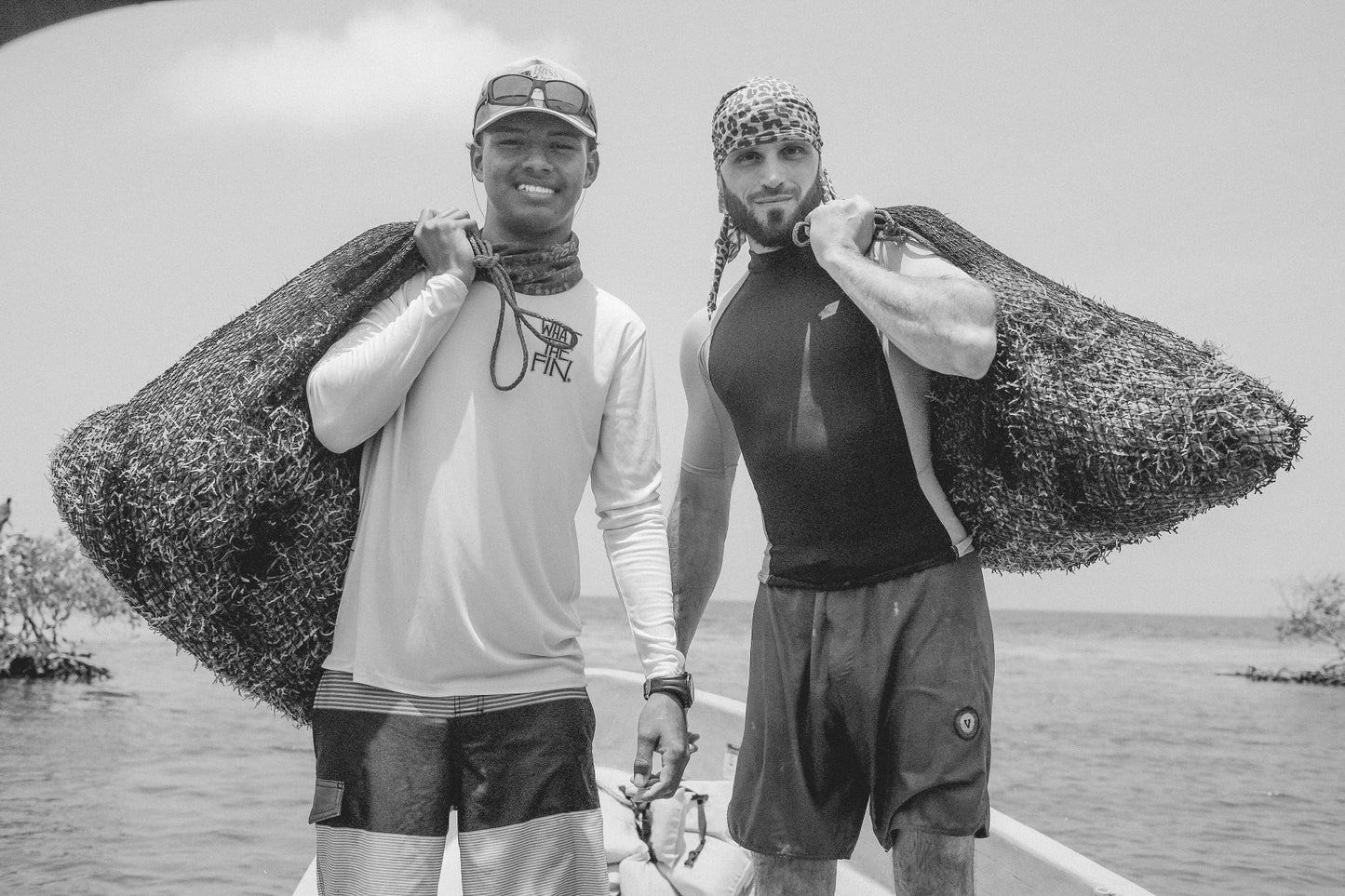
Building Direct Relationships with Divers
After Grenada, we began sourcing our wild sea moss from Margarita Island (off the coast of Caracas), St. Thomas, and St. Vincent and the Grenadines. All of the sea moss we’ve ever received from these divers has been directly sourced, and we’ve developed personal relationships with all of them.
These regions helped shape our sourcing model: direct, ethical, and rooted in personal connection with the divers and their communities.
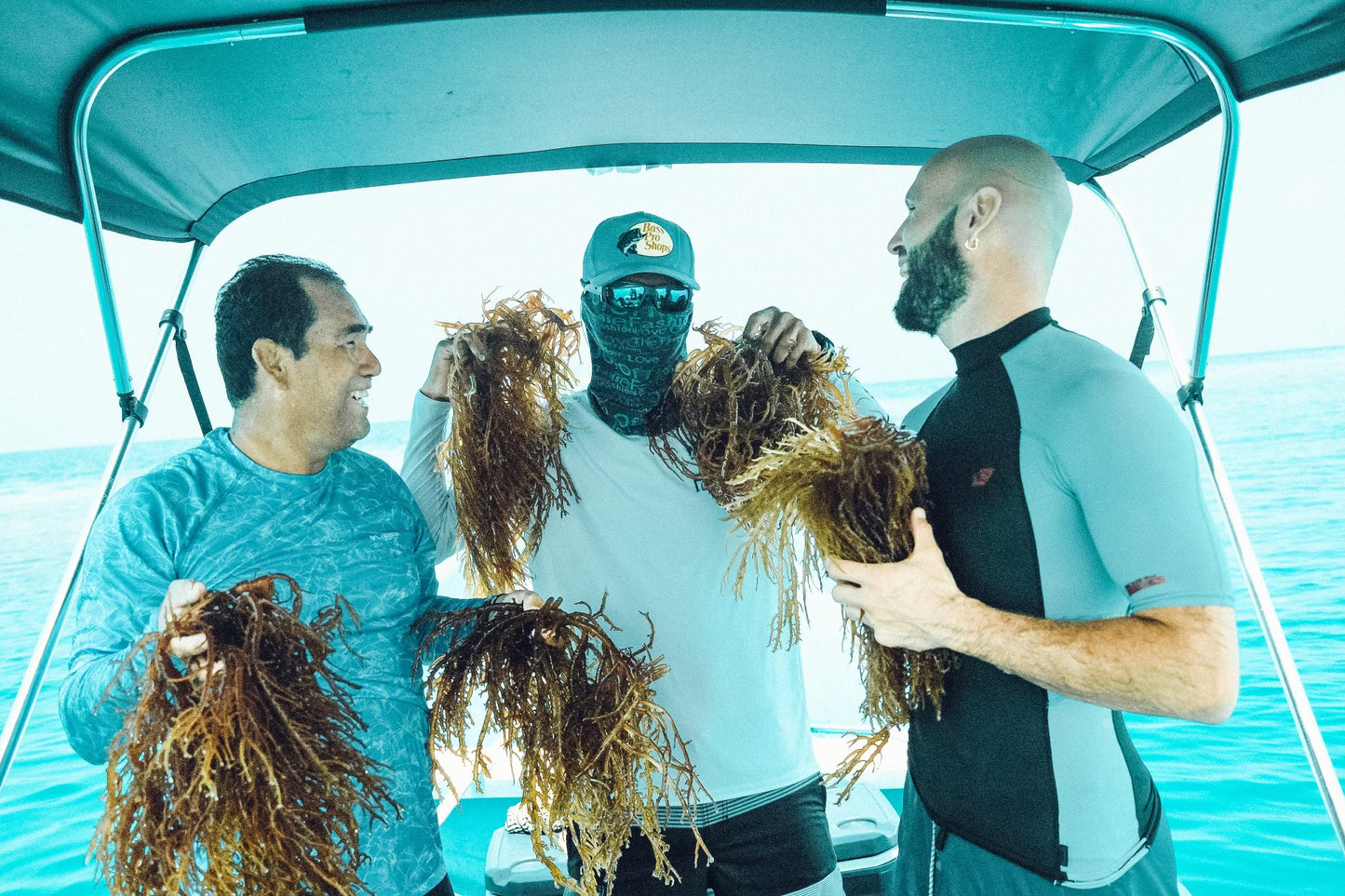
Our Exclusive Partnership in Belize
Currently, we have locked in our exclusive direct source in Belize. A family-run business, they live the true ocean lifestyle: diving for sea moss, lobster, and conch. They can dive 100 feet deep and spearfish up to 200lb fish! While in the water with them, they even spearfished a barracuda right before our eyes.
They are deeply tapped into the primal lifestyle and ways of the ocean. They’ve sectioned off a marine-protected part of the barrier reef (the second largest barrier reef in the world at 180 miles in length) to sustainably source sea moss from. This also happens to be our favorite strain to use in our sea moss gels.
They leave the holdfasts on the ocean floor and harvest only the top part of the plant, promoting fast regeneration and zero harm to the ocean ecosystem. They also harvest only 10% of what’s available at any time, ensuring continued conservation.
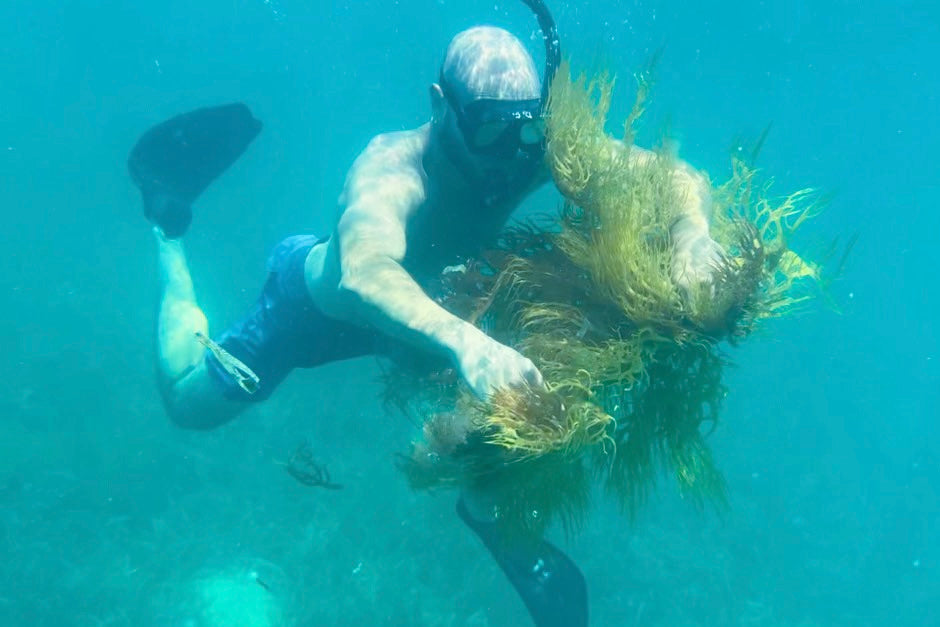
Speaking of conservation, Belize is a global leader in ocean protection. They protect mangrove areas and marine life such as manatees, turtles, rays, bonefish, tarpons, angelfish, parrotfish, triggerfish, and nurse sharks. The country enforces species repopulation through designated “seasons” for lobster, conch, grouper, and sea cucumber. Additionally, Belize has banned the use of gill nets and scuba diving for commercial fishing to preserve delicate ocean ecosystems.
To conclude, we are proud to source from Belize and work closely with our warm-hearted family of divers who take great care of us so that we can take great care of you.
Thank you for your support of our mission.
Mike

